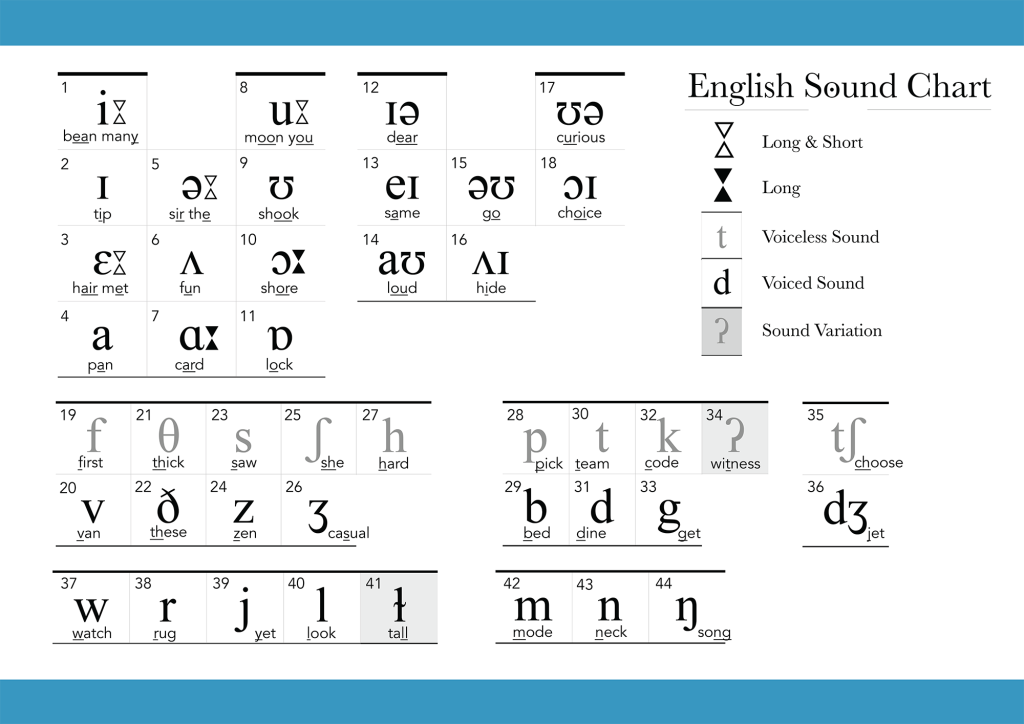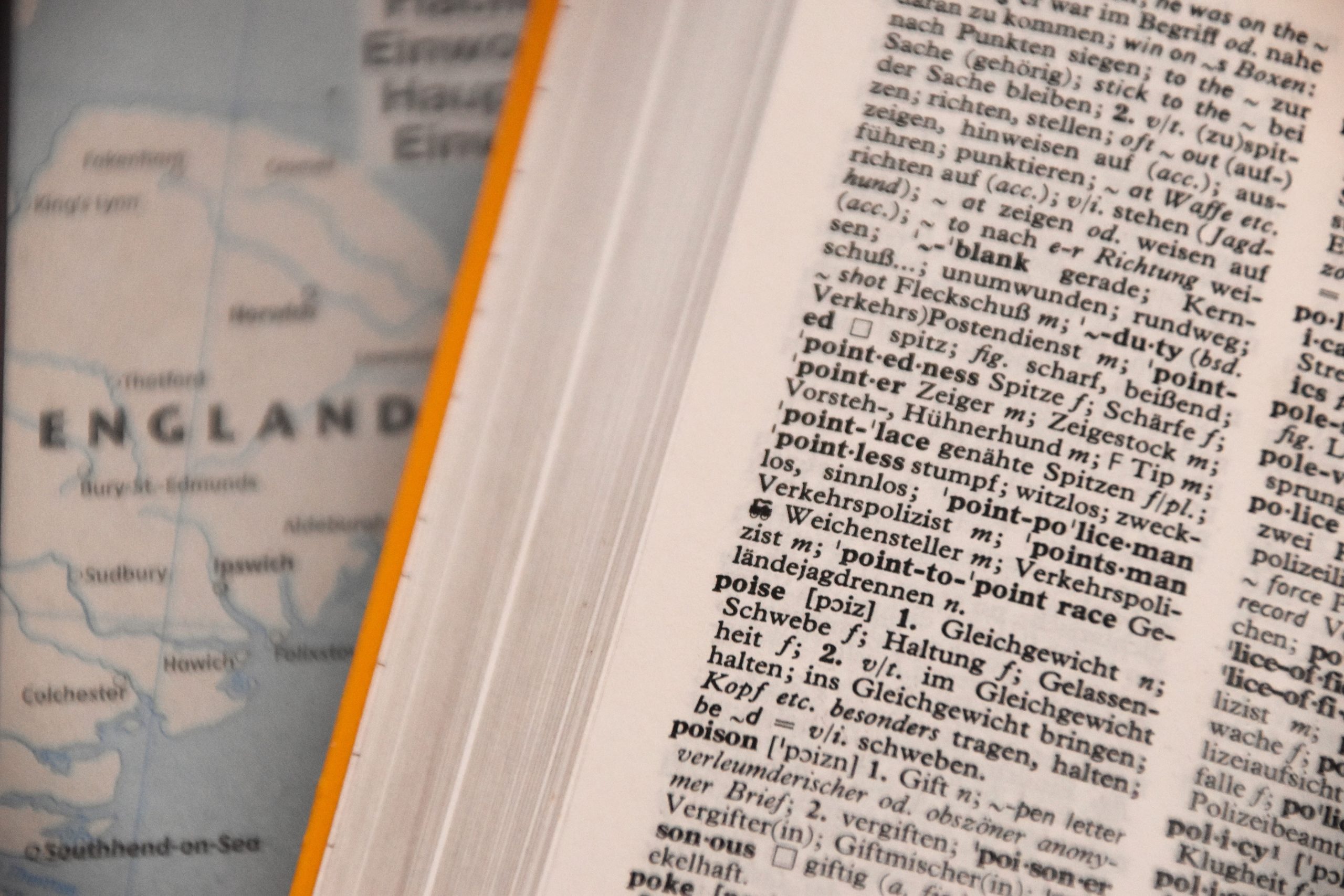The study of linguistics is frequently about language in its most theoretical form. Syntax and morphology focus on the form of words and language; semantics are about meaning.
However, none of these fields exist in a vacuum. In fact, linguistics as a whole tries to observe and understand language in a social context—as the central of communication. Meaning depends on context and some pre-existing social framework between speakers. Words and phrases in vogue change over time.
Perhaps no more clinical is linguistics than the study of sounds—the sounds of language.
The two key areas of study are phonetics and phonology, which respectively focus on speech sounds and relating those sounds to patterns and meaning. This post will explore some of the basics of phonetics.
Phonemes?
To start, spelling—or orthography, as it relates to speech, is often inconsistent. And it’s especially prominent in English:
- she
- free
- sea
- people
- many
- key
- seize
- machine
- believe
- Caesar
- amoeba
All eleven of these letter combinations represent the same “sound”, known as a phoneme—a basic unit of sound in speech.
Conversely, the same set of letters can often represent wildly different phonemes. Try reading these out loud: though, plough, rough, cough, through, hiccough, and ought.
Other issues with regular spelling involve single letters representing multiple phonemes (e.g., exact) or multiple letters representing only one (e.g., shape). Sometimes, letters are not pronounced in words (e.g., write).
Phonetics addresses these issues by standardizing sounds in writing using the International Phonetic Alphabet (IPA). This alphabet defines sounds based on the place and manner of articulation (for consonants), and the location of the tongue (for vowels).
Crucially, however, the IPA can record all sounds of speech, between languages—and it even has sounds that are not in any language at all.
Here is an incomplete IPA only for sounds that are in English:

For example, “people” is spelt /ˈpiːpəl/ and “amoeba” is spelt /əˈmiːbə/. We can now resolve the fact that “eo” and “oe” have the same pronunciation using the IPA, which represents this phoneme as “iː”.
Other Features of Phonetics
Of course, many additional factors also play a role in pronunciation. These are prosodic features, which include length of certain sounds, pitch and stress, as well as tone.
Tonal languages, such as Chinese, Thai, and Punjabi, differentiate phonemes based on the tone in which they are pronounced. In French, words are generally spoken without stress, whereas in English, there is always at least one stressed syllable (syllable-timed vs. stress-timed).
Stress, which usually increases pitch and length, also functions to differentiate between meanings. In English, the second syllable in “digest” is emphasized for the verb (to break down [food]), while the first syllable “digest” is emphasized for the noun (a compilation of information).
Phonetics is a branch of descriptive linguistics, meaning that linguists use it to observe and record linguistic behaviour.
All of this allows them to study the sounds of speech more carefully—in a more consistent manner, paving the way for theoretical areas, such as phonology. The ways in which we speak constantly evolve, making the careful documentation and recording of sounds—across all languages—ever the more useful.


